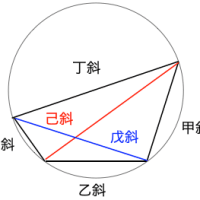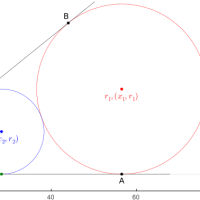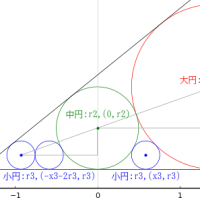Python 公式ドキュメントに
> 注釈 浮動小数点数に対する round() の振る舞いは意外なものかもしれません: 例えば、 round(2.675, 2) は予想通りの 2.68 ではなく 2.67 を与えます。これはバグではありません: これはほとんどの小数が浮動小数点数で正確に表せないことの結果です。詳しくは 浮動小数点演算、その問題と制限 を参照してください。
と書いてあるそうだ。この説明は正確ではない。
2.5 も 3.5 も「浮動小数点数で正確に表せる」が,round の結果は異なる。
>>> round(2.5)
2
>>> round(3.5)
4
digits != 0) and may be surprising. Be aware that most decimal fractions are not exactly representable in binary double precision. In R 4.0.0, the algorithm for round(x, d), for d>0d>0, has been improved to measure and round “to nearest even”, contrary to earlier versions of R (or also to sprintf() or format() based rounding).
と書いているように,「四捨五入をしようとしたとき,結果(の末尾)が偶数になるように丸める」のである。
つまり,2.5 を「学校で習った四捨五入」をすると 3 になるのであるが,これは奇数なので 2 に丸める(2.5 は 2 と 3 のちょうど真ん中なので,2 に丸めても 3 に丸めてもよいのだけど結果が偶数になるように 2 に丸めるということ)。
3.5 を「学校で習った四捨五入」をすると 4 になるのであるが,これは偶数なので 4 のままにする。
Julia でも,being rounded to the nearest even integer と書いてある。
The RoundingMode r controls the direction of the rounding; the default is RoundNearest, which rounds to the nearest integer, with ties (fractional values of 0.5) being rounded to the nearest even integer. Note that round may give incorrect results if the global rounding mode is changed (see rounding).
こうなると,Python はどうなんだ?と思う。help(np.around) で表示される文書に,ちゃんと書いてある(np.round より np.around をつかえといわれる)。
For values exactly halfway between rounded decimal values, NumPy rounds to the nearest even value. Thus 1.5 and 2.5 round to 2.0, -0.5 and 0.5 round to 0.0, etc.
これに続いて更に詳しく書かれている。ぜひちゃんと読むべし。
冒頭に掲げた,寝言(の原文)はどこに書いてあるのかな?




























※コメント投稿者のブログIDはブログ作成者のみに通知されます